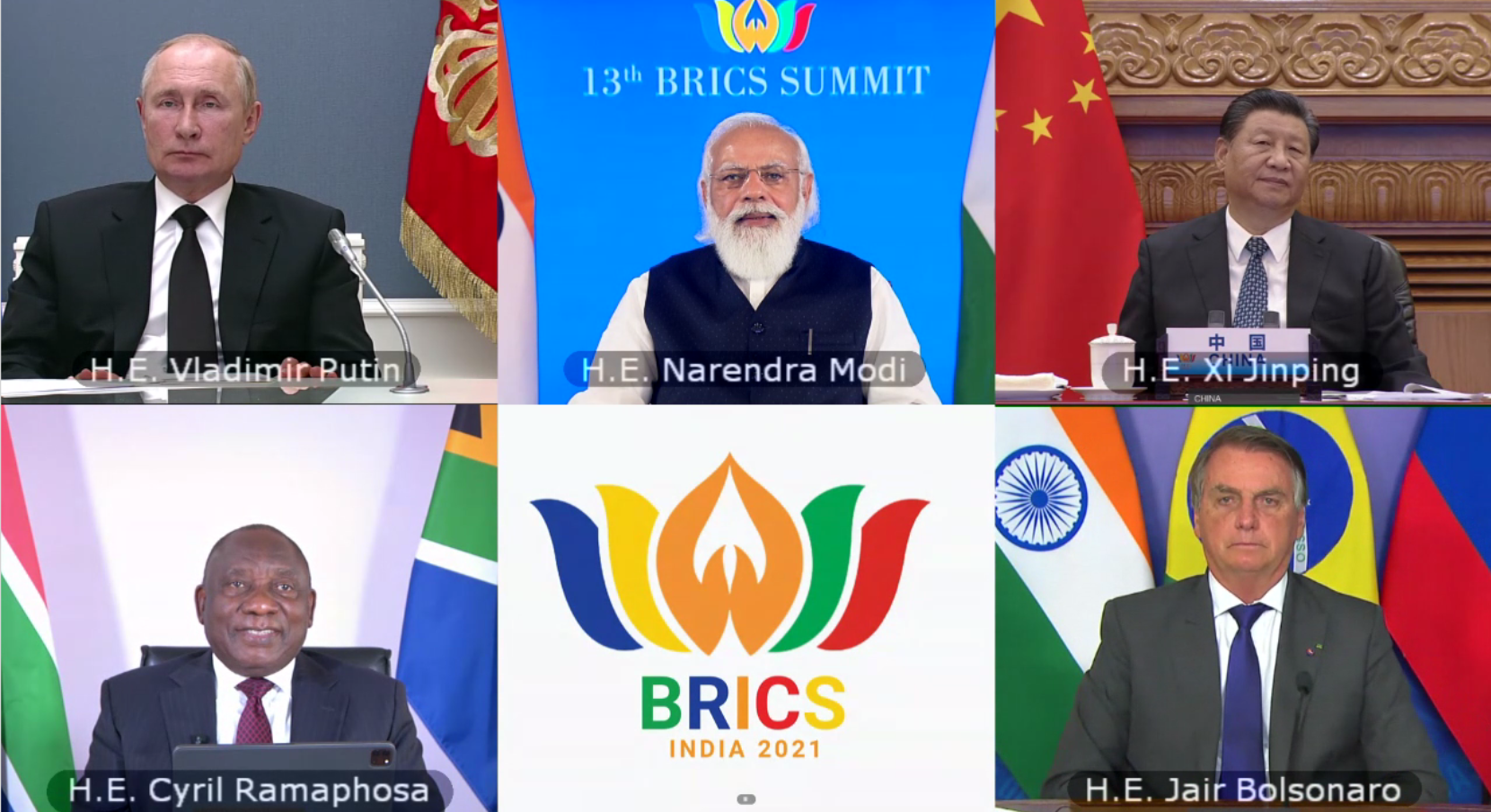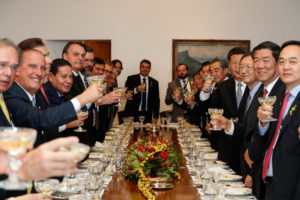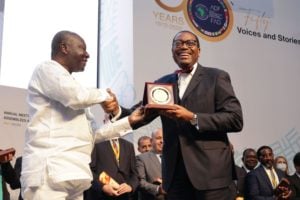The countries of the BRICS group of emerging economies will hold their annual summit a week Friday, against a tense global backdrop due to the war in Ukraine. For the third time in a row, the event will bring together leaders of Brazil, Russia, India, China and South Africa virtually, due to the Covid-19 pandemic. But it will differ from recent meetings with the guest appearance of Argentina, which has previously expressed its desire to join the group.
The bloc’s annual summit aims to “foster a high-quality BRICS partnership” and “usher in a new era for global development”, according to communications from host nation China. Public health and vaccine cooperation are the summit’s top priorities. The war in Ukraine, however, which has prompted attempts by the Global North to isolate Russia, does not feature on the agenda.
2009
Brazil, Russia, India and China established the BRIC forum in 2009. South Africa joined the following year
China formally asked other BRICS members to consider expanding the South-South cooperation group, but did not name specific candidates. The proposal was accepted, according to a bloc-wide communiqué in which the countries set no deadlines for new members and asked to review the necessary procedures before moving forward.
Argentina’s president Alberto Fernández addressed the BRICS foreign ministers’ summit in May via a letter in which he highlighted the group as a “cooperative alternative to a world order that has been working for the benefit of a few”. He also stressed that Argentina’s interests align with those of the bloc.
Argentina’s accession would be the second addition to the founding members of the bloc since South Africa’s joined in 2010 following that year’s summit in Brasilia. Other countries, such as Indonesia have also been mentioned as potential new members that would further expand the group of emerging powers from the Global South.
“Argentina sees its future not in Old Europe or the North Atlantic, but in the New South, embodied in the BRICS, and whose core is in the Asia-Pacific,” argued Boston University researcher Jorge Heine in a column for China’s Global Times.
Argentina and possible BRICS expansion
Argentina’s interest is not new. Since 2015, its government has stressed its desire to join the BRICS group, first under former president Cristina Fernández de Kirchner and then her successor Mauricio Macri. Although no progress has been made beyond declarations, experts agree that the current scenario is different.
Esteban Actis, a researcher at the University of Rosario, argued that Russia’s invasion of Ukraine is likely to lead to a fragmentation of global governance, with less weight given to spaces such as the G20. In view of this, China’s appears keen to expand BRICS in order to make the bloc more robust and add new countries to promote their development.
I was always sceptical about Argentina joining, but changes in the international scenario may make it possible
The question of whether Argentina qualifies as an “emerging economy”, is a moot point. In November last year, research firm MSCI reclassified Argentina as a “standalone economy” in its index, amid continued economic difficulties and continued capital controls.
“I was always quite sceptical about the possibility of Argentina joining, but the changes in the international scenario may make it possible for that to happen and for there to be an enlargement,” he added. “Added to that is the support of Brazil and the Bolsonaro government, which was previously reluctant to expand the bloc.”
Diplomatic sources told Argentina’s state news agency Télam that the process of accession will be “lengthy”, but that the government had already received unofficial communications of commitments from Brazil, China and India. Adding a new country to the BRICS requires the full consensus of all members, making it more complex.

BRICS was formed in 2009 as a forum for political, economic and trade cooperation among the member countries. The aim was to counterbalance the influence of international financial and trade organisations led by Western countries, especially the US.
At that time of high commodity prices and financial crisis in the North, the bloc positioned itself as a powerful force globally, with the potential to significantly change the current world order. However, scepticism towards the bloc’s progress and its meaningfulness as a group beyond its convenient acronym is widespread, with even its most enthusiastic supporters questioning the lack of progress or coordination on substantive policies. Despite this – and past discord among its members – it still manages to hold together.
For Julieta Zelicovich, a researcher with Argentine scientific agency CONICET, the bloc’s heterogeneity makes its enlargement difficult. While China and Brazil may agree on Argentina joining because of their interests with the country, this would not necessarily be true for South Africa, India or Russia, which have few clear incentives to expand the bloc, she said.
In search of infrastructure funding
Perhaps a simpler possibility for Argentina would be to join the New Development Bank, or BRICS bank, as it is called. Membership is possible without being a BRICS member. Uruguay, the United Arab Emirates and Bangladesh are the bank’s most recent members.

“The NDB would be an interesting space for Argentina and coincides with the government’s idea of participating in alternative financial organisations,” Zelicovich said.
Argentina is in the midst of an economic and sovereign debt crisis, with low exchange reserves in its Central Bank and limited access to sources of financing. This has slowed the expansion of its solar and wind energy parks, among other projects, which are necessary for the country’s energy transition.
Brazil’s economy minister, Paulo Guedes, said he will promote Argentina as a candidate to join the NDB, following a meeting in April with Argentine counterpart Martín Guzmán. For Guedes, Argentina’s membership would allow for greater integration between the two economies, especially in energy and agriculture.
Since its inception in 2014, the NDB has approved close to 80 projects across its member countries, backing them with US$30 billion. Projects in areas such as transport, water and sanitation, clean energy, digital infrastructure, social infrastructure and urban development are within the bank’s scope.
Federico Vaccarezza, professor of International Economic Relations at Universidad Austral in Buenos Aires, said that joining the NDB would mean a new financing channel for Argentina, especially in energy infrastructure. “Faced with a scenario of lack of dollars in the country, the NDB represents an opportunity.”
As well as possible membership of the NDB, in 2020 Argentina joined the Asian Infrastructure Investment Bank, another China-led development financing initiative, created in 2015.
One of the AIIB’s original aims was to support infrastructure construction along China’s Belt and Road Initiative (BRI), which Argentina formally joined this year on Fernández visiting Beijing, but countries that are not signatories of BRI agreements with China have also received AIIB loans, including Brazil.









